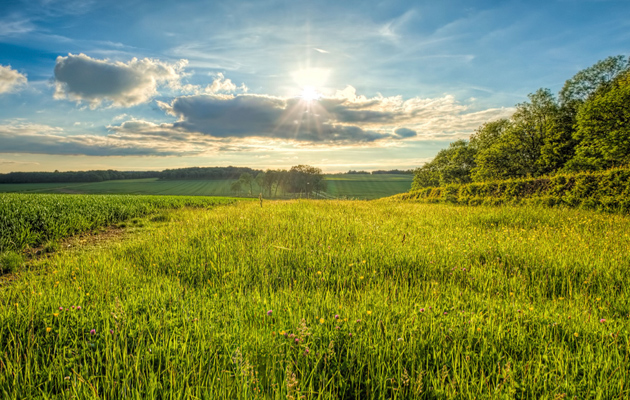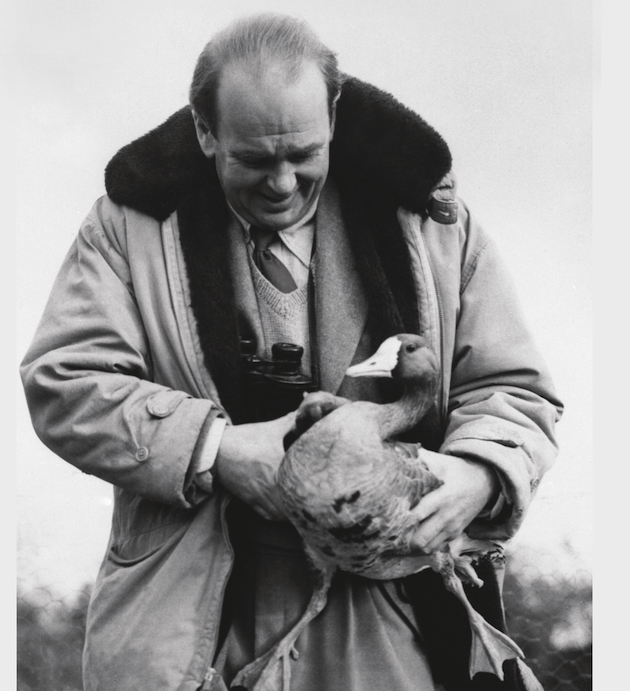Mike Swan discusses how our evolving attitudes to conservation has seen people wanting to do more for wildlife
Win CENS ProFlex DX5 earplugs worth £1,149 – enter here
How to create an ideal habitat for snipe to thrive
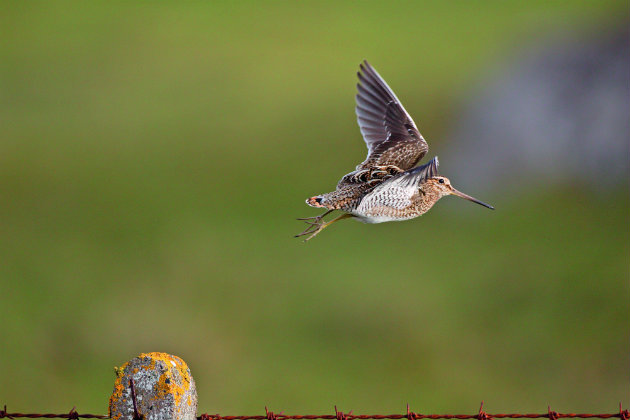
Growing up in Surrey, snipe were rarely on my horizon. The heaths are mostly too dry for them and the arable farmlands were the wrong habitat. Clandon Park, where I learned the beater’s trade, rarely held one either. Even the Medway saltings, where my father initiated me as a wildfowler, were pretty much devoid of them, though it was here I shot my first one.
Then I went off to college in Swansea to discover the Welsh countryside was full of snipe. As well as finding them almost everywhere, I went on winter birdwatching walks. They were regular breeders too and probably still are. The drumming of the “heather bleater” was a familiar sound, and so was the less well-known “chipper, chipper” song of the territorial male, usually delivered from a fence post or other low perch.
I will never forget spending ages with a couple of birdwatching friends, trying to locate the source of a song that seemed higher up. Eventually I spotted a tiny bobbing head as the bird strutted back and forth in a piece of channel section steel at the top of one of the huge pylons that strode across Crymlyn Bog, to the east of Swansea.
As time went on, I began to realise snipe will turn up in all sorts of strange places. I have kicked them up from a pick-your-own strawberry field, a patch of nettles on the top of a chalk down and a damp tank rut on Salisbury Plain. Only a couple of weeks ago, one flushed before me from a dry wheat stubble as I was showing a party of people around on the home shoot.
All this has given me the confidence, in my role as a GWCT adviser, to guide lots of people who wanted snipe. If only we give them space in our intensively managed countryside, snipe will make use of it.
I was never a great fan of the set-aside scheme of the 1990s. Not using up to 20 per cent of the farmland did not seem to me to be the way forward in dealing with food surpluses. I’d much rather have seen a retreat from ever-more intensification, to make a bit more room for wildlife over the whole of our farmland.
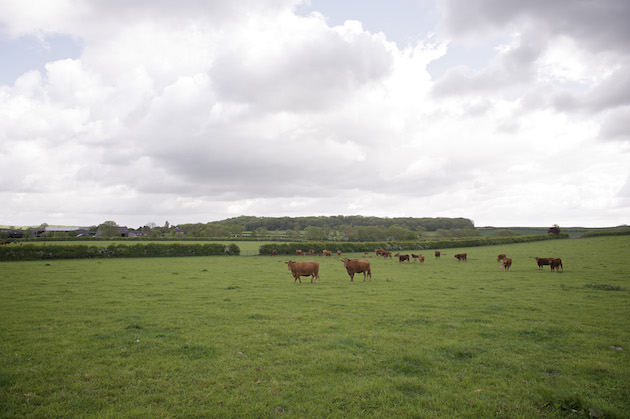
Cow prints create small puddles to attract snipe and dung will boost food for them too
Arable crops on “difficult” ground
One thing that set-aside did do was to persuade farmers to think about the value of growing arable crops on “difficult” ground. I remember the delight of one farming client of the GWCT’s advisory service who gave up on some heavy clay fields and found the wet grass and rushes that invaded started to hold lots of snipe — so many that they became a significant drive.
Today, I’m glad to report that those fields have not seen cultivation for a quarter century and I’m sure their floral diversity will be growing year on year. Rather than simply being abandoned, they are part of a low-input grazing option under countryside stewardship.
Aside from the fact that they are therefore producing a bit of beef as an agricultural product, they are also benefiting from the grazing and dung. This gives a lovely mosaic of wildlife habitat, with short cropped turf, rushy patches and endless hoofprints that form miniscule puddles in wet winter weather. All this makes for excellent snipe habitat and the migrating birds can spot it from above as they see the wet footprints glistening with reflected light.
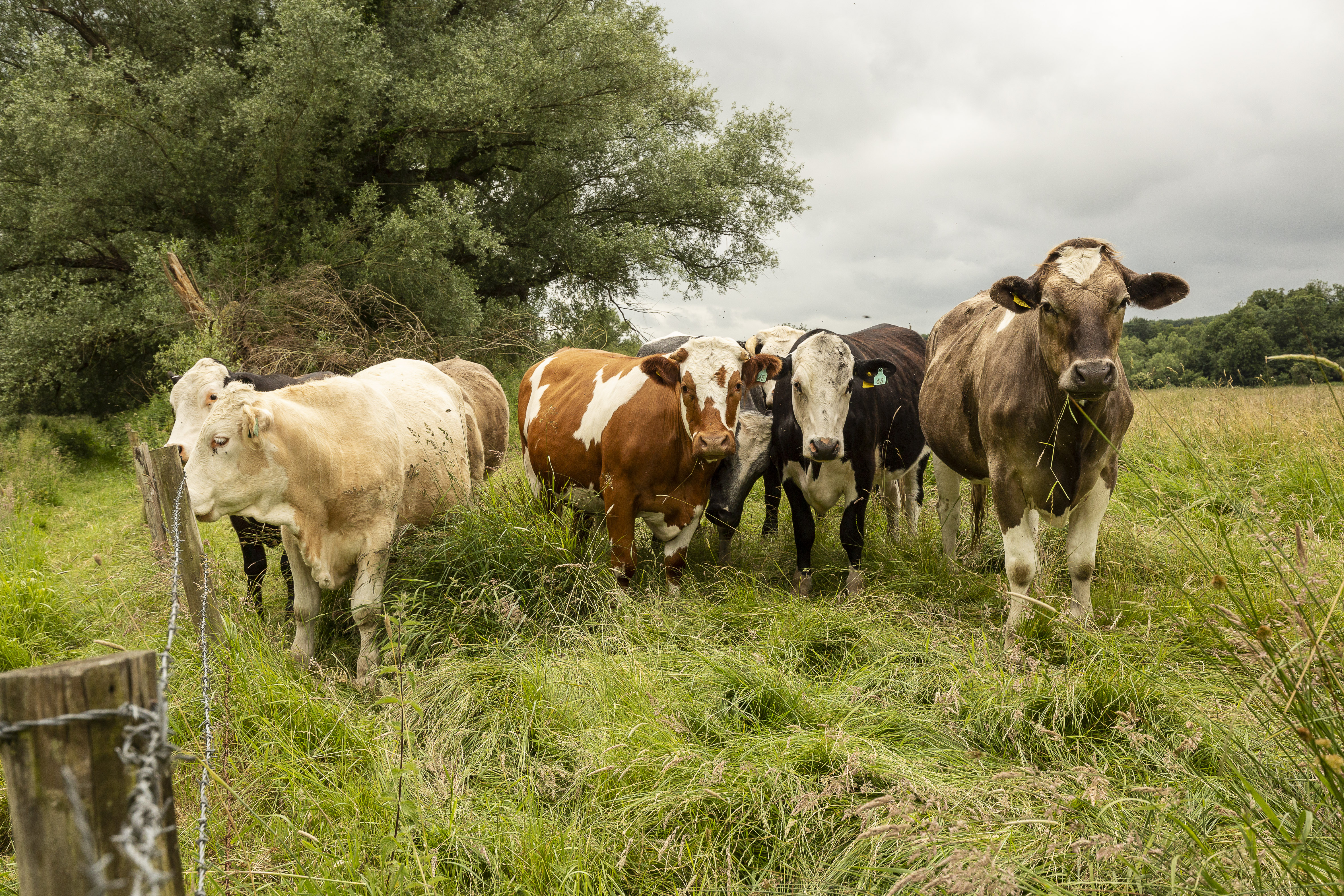
Allowing cattle to graze and poach the ground can help to create habitat
Soggy fields
For those who have soggy fields that do not attract snipe, there are lessons to learn. Simply allowing some cattle to graze and poach can do wonders. As well as the soggy footprints, the dung can make a big difference too, as it bumps up the number of worms and other tasty morsels of snipe food.
However, it may well pay to go further. Old pastures that have never seen the plough are rarely entirely flat. There are nearly always soggy, low spots and higher and drier ones. Reverted arable fields, on the other hand, have often been ploughed flat for decades. They may well also have had the lower spots actively filled in. Reversing this by creating little pools or scrapes with a digger or bulldozer can lead to a dramatic improvement. Again, it is the glint of standing water that helps to draw the snipe, and maybe a teal or two as well.
In the old days, there was even a fashion for improving the fertility of a boggy area to attract more snipe. Dressing with a bit of slurry can boost the worm count enormously and a drop of blood from the local abattoir can do even more. But do be careful. Run-off from this sort of thing will be devastating if it reaches any sort of watercourse, killing both fish and invertebrates for a long way downstream.
Father of the conservation movement
I am not a great one for conspiracy theories, but every now and then you come across an omission that…
Fire-climax vegetation
If the vegetation on a bog gets too rank, its attraction to snipe drops dramatically. I assume this is because the open water becomes hidden. On acid heath, burning along the lines used on grouse moors can have a wonderful effect. It may seem odd these soggy places have fire-climax vegetation, but the combination of heathers and purple moor grass is designed to burn rapidly in a dry time then regrow from its base.
I will never forget the first time I walked into the south Wales bog near my best man’s boyhood home, which had burned during summer. We were looking for a snipe or two but my shot at the first bird flushed at least another 250 and they were only half of what we saw from that little patch. Five years later, there was hardly a snipe but then, next winter, after another summer fire, they were back as strongly as before.
All this management for snipe is also hugely positive for a wide range of other wildlife. From sundews and ragged robin, to bumblebees and butterflies, to lapwings and meadow pipits, to mice and voles, an enormous range of species will thrive in well-managed snipe habitat, so those who want to shoot a snipe or two should hold their heads high as they reap a little of nature’s harvest.
Related Articles
Get the latest news delivered direct to your door
Subscribe to Shooting Times & Country
Discover the ultimate companion for field sports enthusiasts with Shooting Times & Country Magazine, the UK’s leading weekly publication that has been at the forefront of shooting culture since 1882. Subscribers gain access to expert tips, comprehensive gear reviews, seasonal advice and a vibrant community of like-minded shooters.
Save on shop price when you subscribe with weekly issues featuring in-depth articles on gundog training, exclusive member offers and access to the digital back issue library. A Shooting Times & Country subscription is more than a magazine, don’t just read about the countryside; immerse yourself in its most authoritative and engaging publication.






